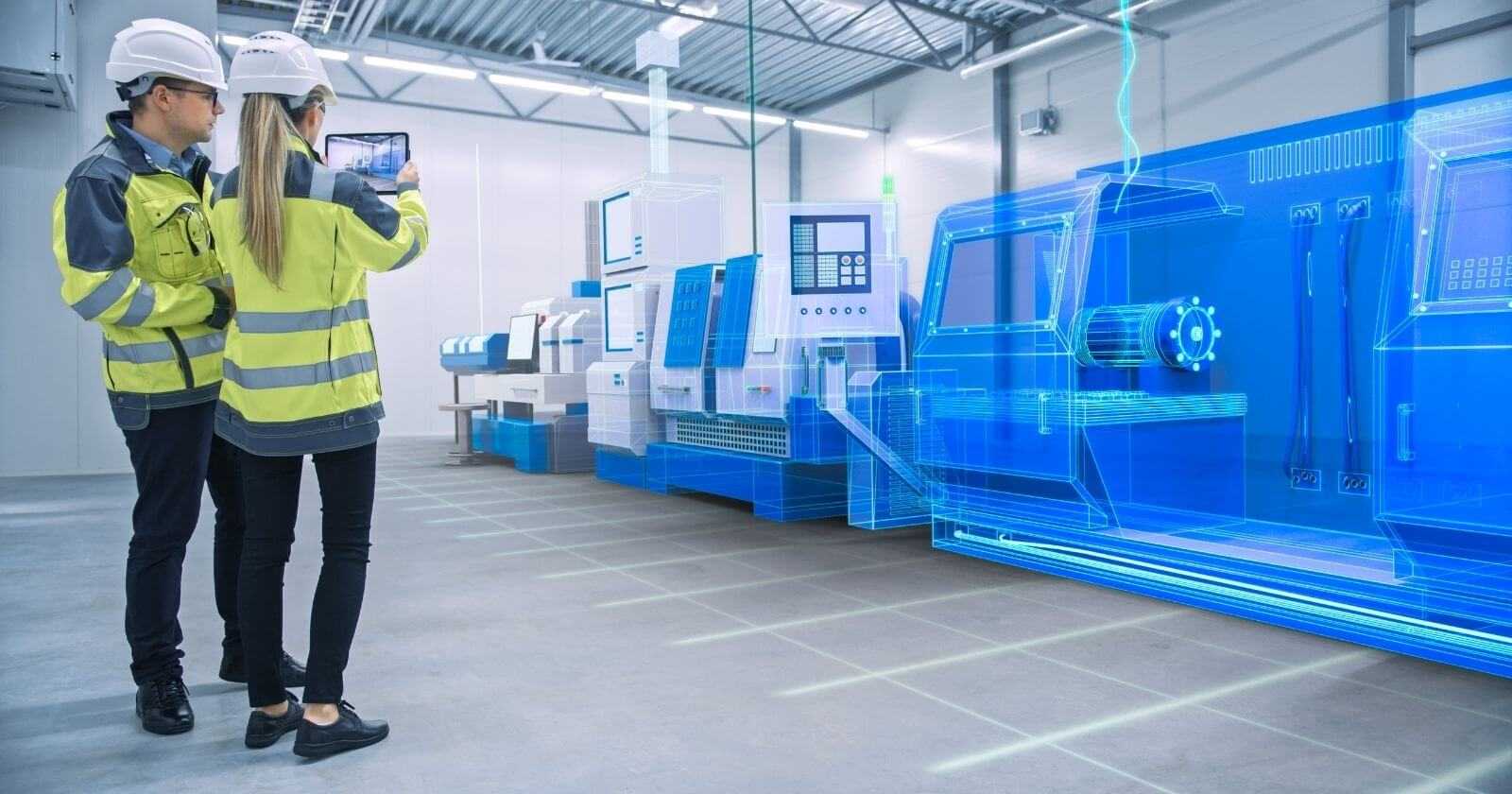How does the COVID-19 pandemic impact the business world? Everyone already witnesses huge changes in the way the whole world operates, how individuals and organizations interact with each other, and the way we’ve all changed during these unprecedented times.
As practice shows, not everyone has enough strength to predict and face the challenges ahead. Moreover, some businesses are not agile enough to restructure their operations for the new normal. Though there is the fate of the company at stake. So if you have concerns about being strong enough to not only survive but even thrive in these uncertain times, you should ignore the new rules of the game.
In this article, we’ll uncover certain aspects of the way to predict and respond to the upcoming challenges wisely along with the smart operations set up in order to withstand any obstacles.
Smart Response to Upcoming Challenges
Any change is a challenge. Any business owner should be ready for unpredictable scenarios. Let’s try to understand how to make this happen and what to do if you’ve already missed the problem.
From the perspective of recent events, many business owners have faced unprecedented problems overnight. Lots of businesses were forced to be closed. Plenty of them hasn’t adopted fast enough. Numerous clients have paused active projects and overall world economic and health situations are still complicated and no one can predict the output for sure.

Surrounded by all this uncertainty, any leader should prepare the whole structure for the storm.
#1. Forge Strong Mindset
- Turn to inner hesitation
- Identify moral dropping points
- Build trust with staff via purpose
- Address deeper insecurities
The best strategy is to start from the inside. I believe that most of the problems come from you personally and the people in your organization.
People feel when something unpredictable is coming down, the best strategy here is to communicate, outline possible scenarios, make a discussion, make sure you have enough cards in your “pocket” to cover all irrational fears, make them rational and present solutions for each situation.
“Any problem is not a problem anymore, it is just a workload.”
Slava Podmurnyi
#2. Create a Safe Environment
- Explore potential obstacles
- Draw up flexible solutions
- Start with business strategy
The moral aspect is the key factor in many problems, but it isn’t the only one. You may face some obvious obstacles.
A good example here is a restaurant during the lockdown. Your business literally got closed by authorities, no more incoming clients. If you are flexible enough, you will find numerous solutions: you can switch to delivery, you can start doing essential things and become a supplier for a local community.
Many scenarios on the table, but before implementing any of them, try to draft a simple strategy, better on a paper. Some strategies may be impossible to implement due to regulations or the absence of required physical devices. Make sure there are no inner or outer issues.
#3. Listen to Clients
- Seek feedback from customers
- Communicate with confidence
- Personalize user experiences
Once you’re fully prepared from the inside, check if your clients are ready for those changes. Make surveys, communicate directly, make A/B tests, and other methods to understand the possible output.
Be smart, do focus groups, test, compare so you can find which thing will help your clients the most.
#4. Get Future-Ready
- Leverage new technologies
- Build agile autonomy
- Establish technology scalability
Don’t forget about the world’s trends. Many companies are now rushing to catch the last train, they’ve missed many aspects by following working paths. But challenges overrun them, we live in a competitive world. When you have found a golden niche, make sure you know how to sustain this state for a long time. The best choice here is to adopt new technologies and as a result, methods for your business.
Read also: AR App Development for E-Commerce: Benefits, Features, Examples
Discover why AR/VR Applications are worth your attention in online shopping
Good examples are event and travel agencies when the quarantine went viral and global, those companies struggled the most, as their core business was simply canceled. Many of them tried adopting new technologies before the crisis but in a lazy manner. Those who have put more efforts, now feel better – a simple success formula.
Read more: How to Organize Remote Immersive Meetings
Find out what challenges we faced and what solutions we offered
Most of the conferences are online now – in 3D or VR. Everyone is happy about this. As you receive the same amount of information, you get more collaboration and there is no need to spend huge amounts of time and money for travel expenses and other things not related to a conference.
Key Thoughts
- Predict and navigate both internal and external uncertainties.
- Respond to immediate changes and mitigate challenges proactively.
- Reinvent new ways to establish a better future for staff and clients.
3 Key Metrics to Track, Predict, and Measure Problems
How can businesses prepare for issues? What are the metrics to track to predict the issues before they happen?

Let’s figure it all out!
#1. Control Cash Flow
- Manage liquidity
- Optimize expenses
- Reset company’s cost baseline
Any kind of business, in the end, relies on cash flow. Any logical structure must be viable. Whether you use your own funds or money of investors, it doesn’t matter. You must have a positive balance on your account.
So the first thing to start measuring, especially for a small business, is income and expenses. If your expenses are higher than the income it means you’re in trouble and you are using your savings. It sounds easy, but many small business owners conduct accounting poorly and don’t calculate many small things that affect the Net income as a result.
#2. Measure Sales & Marketing Funnels
- Calculate all ins and outs
- Re-evaluate the competitive landscape
- Reinvest in growth
If everything is okay on a stage of a balance sheet, make sure you have steady sales.
Measure your sales and marketing funnels! Even basically. You need to know, how many potential clients are entering this funnel and how many come out as your clients. In the end, you must be aware of the average check. In this way, you can predict future scenarios.
For example, you see that the world crisis is inevitable. So you assume that you’re going to lose 40% of incoming potential clients. You can easily calculate the outcome and predict your strategic moves when doing the required measures in order to avoid bankruptcy.
#3. Track Customer Satisfaction
- Gather feedback from clients
- Detect changes in customer behavior
- Review value proposition
The third value is the satisfaction rate of your clients. You need to measure this and understand why they are unhappy sometimes and avoid this as much as you can. We live in a highly competitive world. Any mistake can lead to a huge disaster. So every business owner must listen to their own clients and do homework to avoid potential issues in client-to-business relationships.
As you can see, it looks like a spiral. On every spin, we go deeper and deeper inside your business metrics and all of them are valuable. But the numbers mentioned above are a good start.
Major Findings
- Generate cash and liquidity using analytics and behavioral modeling.
- Identify the average check to make the smart competitive moves.
- Predict future scenarios by following trends in people’s values change.
How to Restructure Operations for Global Resilience?
2020 is a tough year. In a matter of weeks, the world has changed dramatically. Many businesses died overnight. But again, we live in an extremely competitive world – when one dies, others fill its niche instantly. Despite all disasters, the population is growing, but we still stick to our lovely blue globe. Situations like the one we’ve witnessed this year will become a new normal. The further we move in time, the harder it will be to compete and survive as a business.
The key point is the speed, you must be fast despite any slowing factors. Think fast, predict fast, adapt fast.
But you cannot do things alone, you need another pair of hands, better more than one.
Watch who are your partners and colleagues. There are many types of personalities in the world. Make sure you’re surrounded by people who are able to perform and can deliver despite anything.
Once you’re fast and you’re surrounded by people you trust, who can perform, nothing is impossible. It is time to lay a strategy on paper.

In the modern world, operations and systematic processes in your business is everything after the above factors.
#1. Go Digital
- Introduce simple interaction
- Build agile value chains
- Automate business operations
Make sure you are digital. Any business without the digital presence and digital operations are already dead or soon will be. Your clients must be able to interact with you online as much as possible. They should understand your services without salesmen. They should be able to order any service without a single phone call. But make sure your intranet is ready for it.
Read more: How to Save Money on a Web Project for Businesses
Learn how to select the best tech stack for your web application
Not all businesses use CRMs, not all have shared file storages, not all have knowledgebases. If you one of those, be ready for big troubles as your competitors have a great chance to overcome you.
A good example here is the furniture factory that produces and distributes its own products. Without a good website, without an online furniture configurator is there anything that can be done if the re-seller stores are closed? Nothing! it can silently wait until lockdown will be lifted and customers will come back again.
Let me reveal a secret – they won’t! Because of a financial crisis, they will seek for cheaper solutions. The more automated businesses can offer them such an opportunity. Those businesses don’t spend money on sales representatives. They spend money on digital solutions and highly effective personnel who are result-oriented and connected to real key performance indicators.
#2. Get Rid of a Ballast
- Discard the extra
- Crash test partnerships
- Enact performance metrics
Fire all the ballast!
It may sound a bit aggressive, but it is not. If you want to be fast, you cannot do this with a stone chained to your leg. Cut it as soon as possible!
Increase the speed, introduce KPI’s and OKR’s and everything that can not fit in with the requirements will get vanished. It may be a sleepy employee or a service provider that feels confident in your partnership just because you’ve worked for 10 years together and doesn’t bring the required value at all.
There are so many opportunities around, you just need to open your mind for it. The crisis is a great test for every business. Any decision may lead to instant death. There is no time to support laziness and unproductive behaviors.
#3. Check the Supply Chain
- Examine your contractors
- Support partners in need
- Optimize business connections
You should check the supply chain, as we don’t do everything in-house. Even companies like Apple partner with Samsung to provide the best possible services and experiences for its own customers.
Make sure the whole chain is stable enough to sustain lockdowns and economic challenges. Try to prepare plan B and even C in advance. But if it too complicated or impossible, support those in need.
If you have a great supplier, but it is a small business, make sure it can make it through, it can deliver great products and services for you. Though if it dies, you can have a hole in your processes. Help it, support it, as much as you can. This will reinforce the partnership and should definitely solve the near and far future problems.
Let me highlight that speed is everything in our world! If something slows you down, it is a good time to say goodbye.
Core Value
- Offer great user experience for your customers to strengthen market positions.
- Get rid of the extra to move faster and increase operations performance.
- Diversify across the supply chain, distribution channels, ecosystem, and partners.
Conclusions
The world is constantly changing. Our ultimate goal is to predict and adapt to those changes.
Technologies are a locomotive to many things. Just make sure to constantly adopt new approaches. Though keep in mind your employees and clients. They should be comfortable with those changes.




